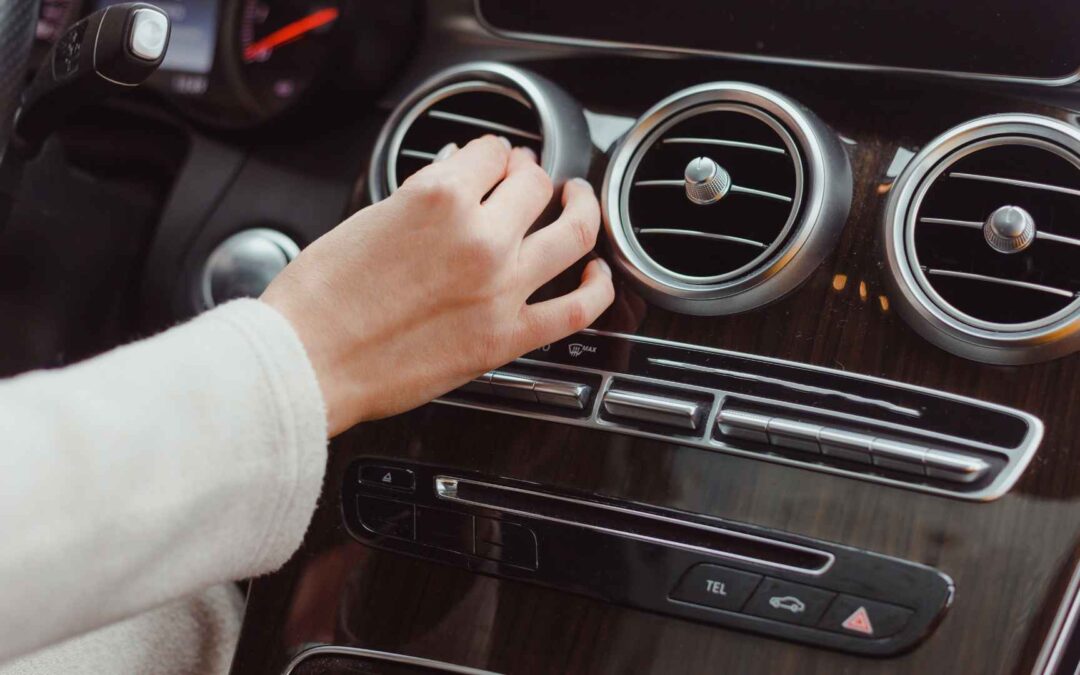Signs of Trouble and Maintenance Tips
Your car’s cooling system is a crucial component responsible for regulating engine temperature and preventing overheating. Understanding how it works, recognizing signs of trouble, and knowing how to maintain it can help you avoid costly repairs and keep your engine running smoothly. In this article, we’ll delve into the basics of your car’s cooling system and provide essential maintenance tips to keep it in top condition.
How the Cooling System Works:
Your car’s cooling system consists of several key components, including the radiator, thermostat, water pump, hoses, and coolant (antifreeze). When your engine runs, it generates a significant amount of heat. The cooling system works to dissipate this heat and maintain an optimal operating temperature.
Coolant circulates through the engine, absorbing heat, and then flows to the radiator, where it releases heat into the surrounding air. The water pump helps circulate the coolant, while the thermostat regulates the flow to ensure the engine stays within the desired temperature range.
Signs of Cooling System Problems:
- Overheating: One of the most obvious signs of a cooling system issue is engine overheating. If your temperature gauge spikes into the red zone or you notice steam coming from under the hood, pull over immediately and turn off the engine to prevent damage.
- Coolant Leaks: Keep an eye out for puddles of coolant underneath your car or visible leaks around hoses, connections, or the radiator. Loss of coolant can lead to overheating and engine damage.
- Low Coolant Level: Check your coolant reservoir regularly and top it up if the level is low. Low coolant could indicate a leak or another underlying issue.
- Coolant Discoloration: Healthy coolant should be a bright color, usually green, orange, or pink, depending on the type. If you notice discoloration or contamination, it may be time for a coolant flush and refill.
- Radiator Issues: Inspect your radiator for signs of damage, corrosion, or clogs. A damaged radiator can impede coolant flow and lead to overheating.
Maintenance Tips:
- Check Coolant Levels: Regularly inspect your coolant reservoir and top up as needed with the appropriate type of coolant recommended by your vehicle manufacturer.
- Flush and Replace Coolant: Over time, coolant can become contaminated and lose its effectiveness. Follow your manufacturer’s recommended interval for flushing and replacing coolant to maintain optimal performance.
- Inspect Hoses and Connections: Periodically inspect hoses and connections for signs of wear, leaks, or damage. Replace any worn or damaged components to prevent coolant leaks.
- Keep Your Radiator Clean: Check your radiator for debris, bugs, and other obstructions that can impede airflow. Clean the radiator with a soft brush or compressed air to ensure proper cooling.
- Schedule Professional Inspections: Regularly scheduled maintenance appointments with a qualified mechanic can help identify potential cooling system issues early on and prevent more significant problems down the road.
By understanding how your car’s cooling system works, recognizing signs of trouble, and following these maintenance tips, you can keep your engine running cool and avoid costly repairs. Don’t wait until it’s too late—take proactive steps to care for your cooling system and enjoy worry-free driving for miles to come.


Recent Comments